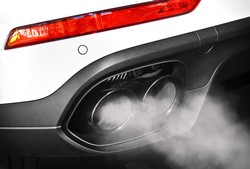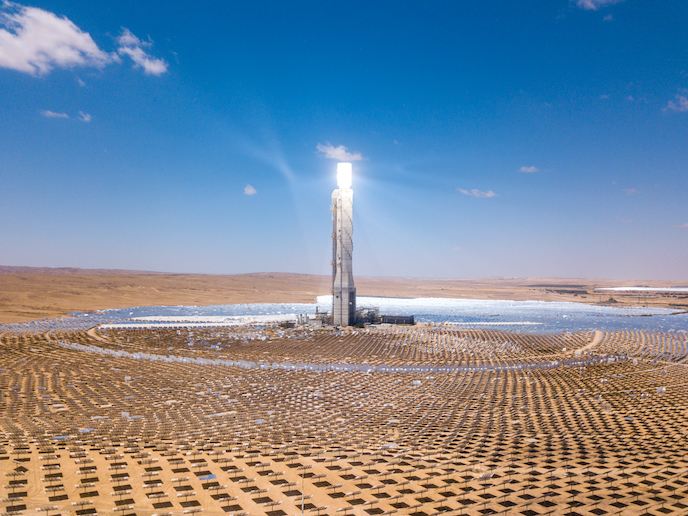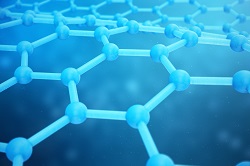Waste heat to power cars
Thermoelectric converters use a pair of semiconductor thermoelectric cells to convert thermal energy into electrical energy. These converters rely on the so-called Seebeck effect, a phenomenon in which a voltage is created when the junctions of two different materials are kept at different temperatures. Large assembly costs and use of bismuth telluride that is both expensive and toxic are blocking the way for thermoelectric devices to move out from niche markets (such as coolers for electronics equipment) and become a mainstream technology. The NANOHITEC (Nano-structured high-efficiency thermo-electric converters) project addressed these challenges by focusing on developing highly efficient thermoelectric converters based on mass-producible multilayer technology using widely available non-toxic materials. Experimental work on thermoelectric nanostructures was complemented by atomic-level modelling activities. Analysis tools allowed the team to describe and explain electrical and heat transport in thermoelectric materials based on silicon-germanium alloys. Results showed that channel carriers can significantly boost the material efficiency of converting heat into electricity. Using a variant of magnetron sputtering, researchers produced nanostructures using thin films of silicon and germanium as well as films of different boron carbides. High deposition rates led to producing dense films with high crystallinity. Apart from magnetron sputtering, researchers experimented with other synthesis techniques for producing boron carbide films. In particular, use of spark plasma sintering resulted in obtaining boron carbide nanoparticles with small grain growth. Another alternative was the tape casting technique with boron carbide powder mixtures. NANOHITEC was initiated to improve material deposition processes for the development of thermoelectric converters to efficiently power cars with waste heat. The new processes for the industrial deposition of thermoelectric materials developed within NANOHITEC can be the start of a new generation of cost-efficient and more environmentally friendly thermoelectric devices based on non-toxic, non-scarce materials.







